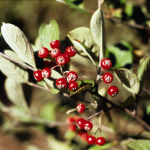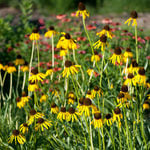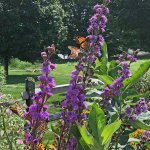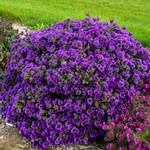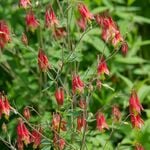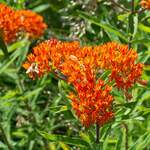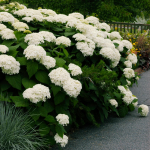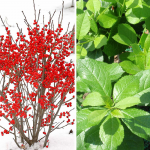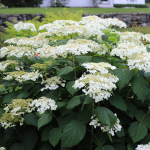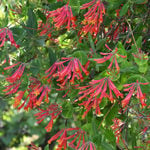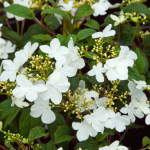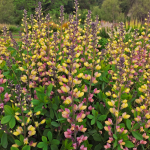Product Details
Arrowwood Virburnum dentatum is a rugged species that is native from Maine south to Florida and west to Iowa and Texas. This shrub is an important host and nectar source for butterflies and moths. Later in the season, dark blue fruit appears and is much appreciated by songbirds. Colorful fall foliage adds to its appeal.
With the possible exception of Rhododendron, no genus offers as many attractive and useful shrubs as Viburnum. Most Viburnums prefer rich, evenly moist, slightly acid soil and perform in sun to part shade. If you want your Viburnums to produce berries for the birds, you'll need to plant several different Viburnum varieties that bloom at the same time so plants can cross-pollinate.
For more information on Viburnum care, click Growing Guide.
Shipping
HOW PLANTS ARE SHIPPED
The size of the plants we ship has been selected to reduce the shock of transplanting. For some, this means a large, bareroot crown. Others cannot travel bareroot or transplant best if grown in containers. We ship these perennials and annuals in 1 pint pots, except as noted. We must point out that many perennials will not bloom the first year after planting, but will the following year, amply rewarding your patience. We ship bulbs as dormant, bare bulbs, sometimes with some wood shavings or moss. Shrubs, Roses, vines, and other woody plants may be shipped bareroot or in pots. The size of the pot is noted in the quick facts for each item.
WHEN WE SHIP
We ship our bulbs and plants at the right time for planting in your area, except as noted, with orders dispatched on a first-come, first-served basis by climate zone. We also ship a wide range of containers and planters, tools, supplies, fertilizers, garden wear, garden decor items, as well as indoor decorations like wreaths and dried bouquets when available. Estimated dates for shipping are indicated in the green Shipping Details box for each item. Please supply a street address for delivery. Kindly contact us with two weeks notice, if you'll be away at the expected time of delivery.
OUR GUARANTEE
We guarantee to ship plants that are in prime condition for growing. If your order is damaged or fails to meet your expectations, we will cheerfully replace or refund it. Please contact our Customer Service Department at 1-800-503-9624 or email us at [email protected]. Please include your order number or customer number when contacting us.
Reviews
There are no reviews yet. Be first to Write a Review.
Growing guide
Latin Name Pronunciation: vye-burr'num
With the possible exception of Rhododendron, no genus offers as many attractive and useful shrubs as this one. Viburnum provides just about anything you could want in a shrub, from profuse bloom to handsome foliage to colorful fruits to fall color. Growth habit varies among species: V. carlesii (Korean Spice Viburnum) and V. opulus (European Cranberry Bush) varieties are round-topped and fairly dense; V. dentatum (Arrowwood Viburnum) is large with spreading branches, V. plicatum tomentosum (Doublefile Viburnum) has tiers of horizontal branches, and V. trilobum (American Cranberry Bush) varieties are more upright.
CULTURE: Full sun (grow in partial shade in the South and warm inland areas of the West); rich, well-drained, evenly moist, and slightly acidic soil. Viburnums do not tolerate drought well. Space 5–8′ apart, depending on variety.
GROWTH: Plants usually need 3–5 years to start blooming and fruiting. Medium growth rate of 12–24″ a year, depending on growing conditions.
SUGGESTED USE: Screening, informal hedge, native plantings, or mixed perennial and shrub borders.
PRUNING: Prune as necessary after plants bloom in spring. Be aware that pruning will reduce the fruit production of V. trilobum varieties.

